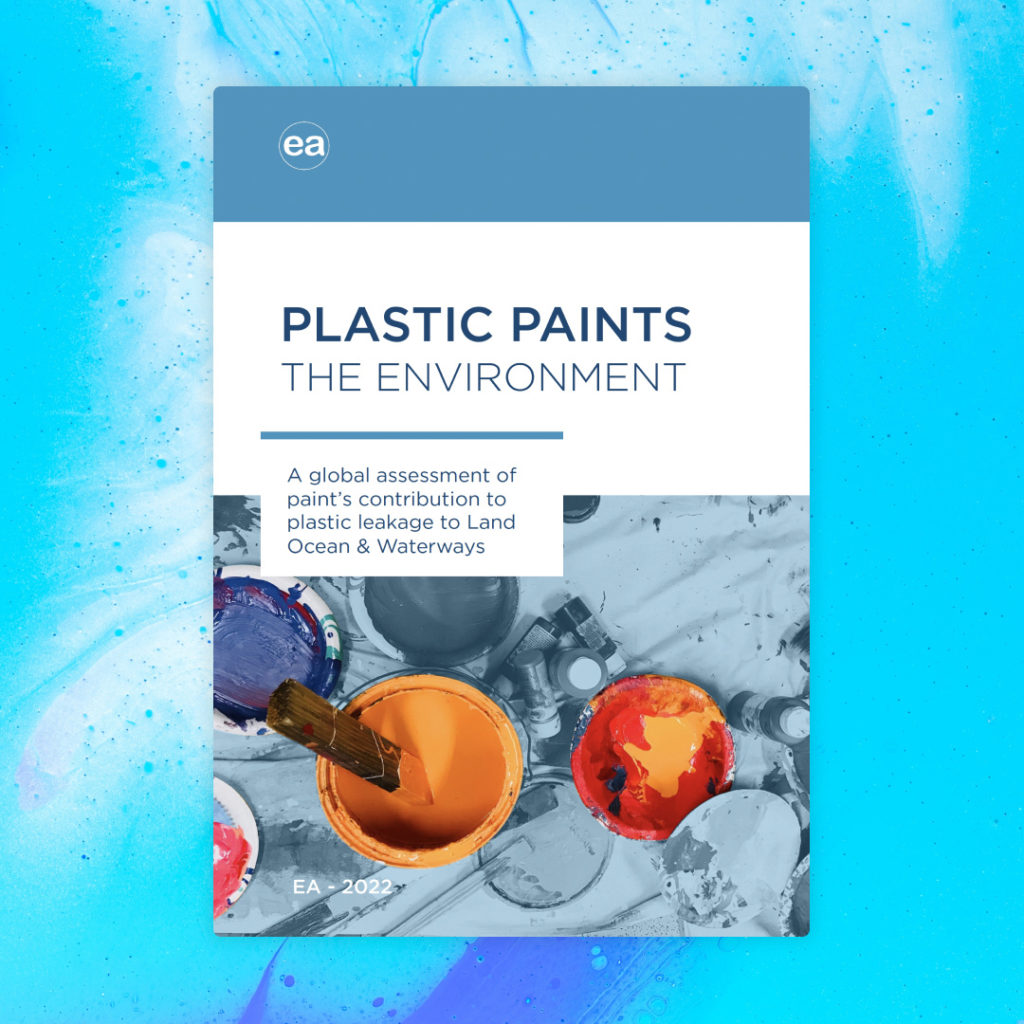Over the past decade, plastic pollution has emerged as a significant environmental concern, primarily attributed to leakage. Plastic leakage stems from multiple sources, but it is mainly driven by two mechanisms: the mismanagement of waste leading to the leakage of macroplastics and the release of primary microplastics, primarily caused by abrasion mechanisms and voluntary/involuntary spills.
It is worth noting that a substantial portion of paint consists of plastic polymers, which poses a high risk of environmental contamination and contributes to global plastic pollution.
This report provides a full assessment of the contribution of paint to plastic pollution worldwide. It is based on the baseline year 2019, with a global paint demand of 52 Mt, that included 19.5 Mt of plastics and was distributed across different sectors: Architectural, Marine, Road Marking, General Industrial, Automotive, Industrial Wood and Others.
The intention of this research is not to criticise paint, but to increase the level of knowledge and awareness of the issue, so as to pave the way towards a better managed paint system, i.e. a paint system where paint can deliver its full value without compromising the health of our environment.
“Speaking from decades of experience in the field of microplastic pollution and its impact on the environment I can see the importance of the EA report about plastic in paint. Over recent years, the world has really woken up to the global threat posed by marine litter and studies like this are essential to deepen our understanding of the potential threats that microplastic pose and the relative importance of their various sources including paint.”
Prof. Richard Thompson, University of Plymouth
Key messages:
- Paints is in large part made of plastic polymers (on average 37%)
- Leakage of paint to the environment occurs during Application, Wear & Tear and maintenance (micro-leakage, or it can be associated with the End-of-Life of the painted object (macro-leakage)
- The global contribution of Paint to plastic leakage has been largely overlooked so far. The total leakage from the paint is estimated in the range 5.2 – 9.8 Mt/year (with 7.4 Mt/year as central value).
- Paint appears as the largest source of microplastic leakage into the Ocean & Waterways (1.9 Mt/year), outweighing all other sources of microplastic leakage (e.g. textiles fibres and tyre dust).
